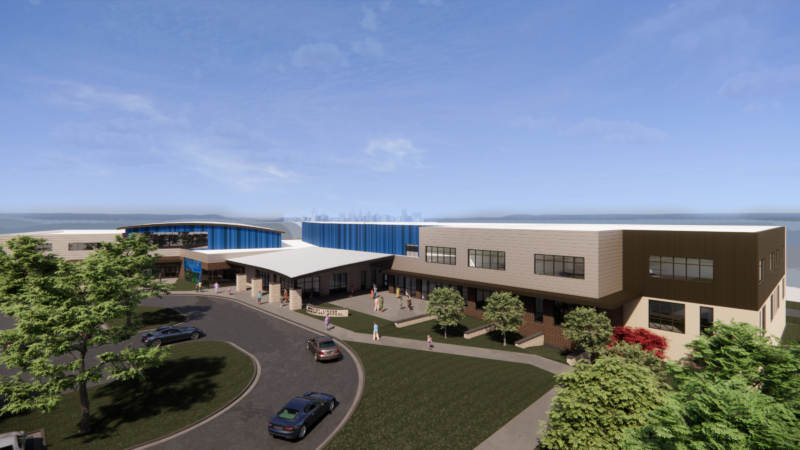HVAC Technology Advancements: A Game Changer for Energy Reduction and Indoor Air Quality

O’Connell Robertson is designing two new elementary schools for Austin Independent School District (AISD). “Austin ISD recognizes that it is uniquely poised to balance the needs of the environment, the diverse community we serve, and available financial resources through sustainable practices. Since the 2004 bond, all new schools and major renovations have adhered to sustainable building standards.” To date, AISD’s Sustainability Plan has resulted in more than thirty facilities that have achieved an Austin Energy® Green Building rating, a Leadership in Energy and Environmental Design (LEED) rating from the United States Green Building Council, or both.
As the District commits to sustainable practices and pursues sustainability ratings for projects, O’Connell Robertson has partnered with AISD and construction partners to more widely implement emerging HVAC (heating, ventilation, and air conditioning) energy reduction options. Our team of Mechanical Engineers is constantly looking for innovative solutions to support our clients’ missions.
Introduction to New HVAC Technology: Advancements in HVAC technology are transforming building management by improving indoor air quality (IAQ) while simultaneously reducing energy consumption. There are new options that safely remove indoor air contaminants such as CO2, VOCs, and formaldehyde, allowing for a 50 to 70 percent reduction in outside air required. By directly removing indoor air contaminants, the amount of outside air required to dilute contaminants and then condition for occupant comfort is greatly reduced.
Energy Savings and Economic Benefits: Conditioning or heating ambient outside air during summer and winter temperatures uses the most energy in an HVAC system. Reducing the amount of conditioned or heated outside air in turn greatly reduces a building’s overall energy use. By decreasing the need to condition outside air, overall building energy usage can be reduced by 20 to 30 percent. It also leads to lower utility demand charges, extends the life of air filters, and allows for the use of smaller, more cost-effective HVAC systems. Peak HVAC capacity reduction can lower utility demand charges by up to 40%, and the overall HVAC energy consumption can be reduced by 33%.
Health and Productivity Improvements: Maintaining CO2 levels below 1,000 ppm with 52% less outside airflow provides a cost-effective enhancement for the health, productivity, and satisfaction of building occupants. Improved IAQ has also been linked to a significant increase in cognitive performance for students.
Sustainability and Compliance with Regulations: HVAC energy reduction technology supports sustainability by minimizing the environmental footprint of HVAC systems. It complies with new eco-friendly regulations and can significantly contribute to LEED certification, potentially earning more than a dozen LEED points.
Industry Impact and Future Outlook: Organizations are increasingly adopting energy reduction technology advancements, indicating a move towards more sustainable and efficient building management. Our experience indicates that this HVAC technology is well-positioned to meet evolving performance regulations and sustainability goals. As a comprehensive solution for energy efficiency, IAQ, and sustainability, this technology is set to play a pivotal role in the future of building design and operation, with the potential for significant cost savings.

